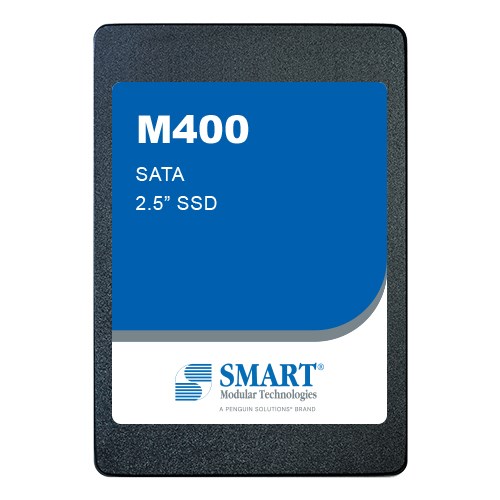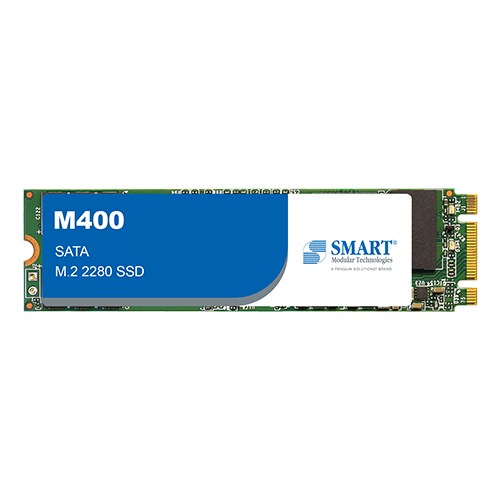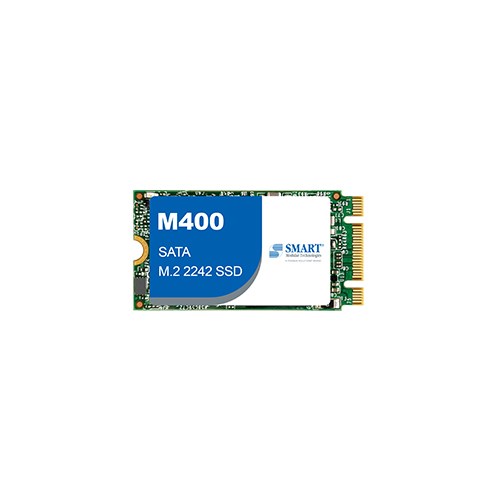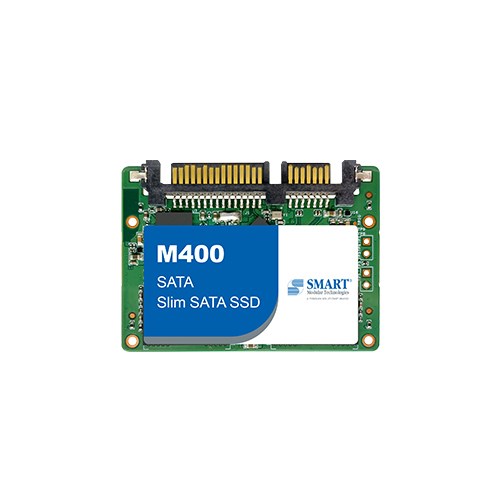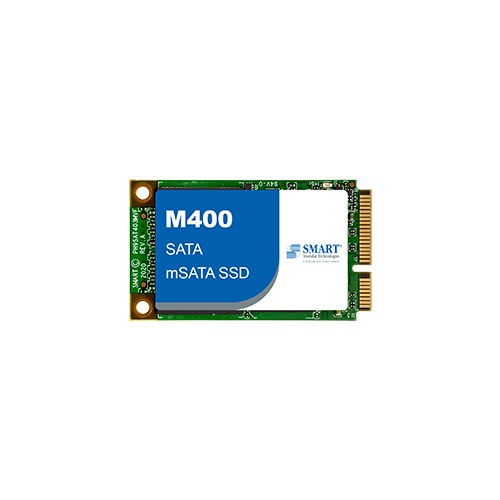SMART proprietary firmware architecture forms the basis for innovative and cost-effective SSD products to meet customers’ unique needs. NVMSentry provides the full package of advanced firmware features for specific customization requirements and optimized product performance.
Why NVMSentry?
Industrial applications and embedded systems have different requirements for particular firmware features, but not every manufacture can meet their needs because of hardware limitations. SMART's proprietary NVMSentry technology can solve this by offering the full package of advanced firmware features for customization support.
How Does It Work?
The combination of NVMSentry firmware, along with a best-in-class SSD controller, offers exceptional performance while providing the flexibility and optionality for customization that are crucial for mission critical applications in the networking, data communication and industrial embedded market segments. As a premier Tier-1 Flash solution supplier in these segments, SMART fully understands the market requirements and has developed NVMSentry firmware specifically to meet customer needs.
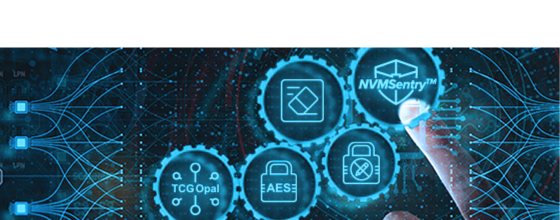
Advanced Features
- Unique Identifier (UID)
- Give the drive a unique product identification with SMART’s non-replicable technology
- Secure Boot
- Ensure the integrity of firmware running on a storage device
- NAND Access Mode - pSLC/3D TLC
- Adjust media access type to improve drive performance, lifetime and latency
- Dynamically Adjust Drive Capacity
- Adjust drive capacity, percentage and LBA to improve drive performance and lifetime
- Security Erase
- Quickly and safely erase drive contents and free up drive space
- Write Protection
- Put the storage device into "Read Only" mode
- AES-256 Encryption
- Use AES 256-bit to encrypt the whole user data area
- Crypto Erase
- Quickly clear drive contents and free up drive space by destroying the AES-Key
- TCG OPAL
- Industry standard on access management and data security to ensure stored data are protected by encryption and cannot be viewed or accessed by unauthorized persons
- Self-Encrypting Drive (SED)
- Self-encrypting drives based on hardware encryption

